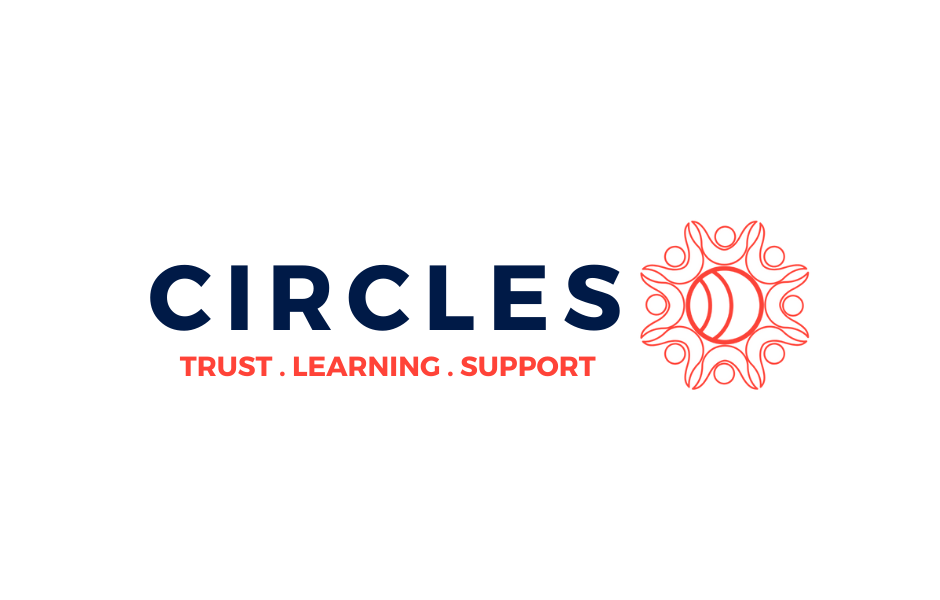Everything for Everyone: Abundance Messaging for Progressive Wins
Meena Hussain
Climate Nexus
Amanda Cooper
LightBox Collaborative
Zaineb Mohammed
Borealis Philanthropy
Key Takeaways:
The more there is, the more there is.
Move past the fixed pie fallacy.
There is enough of everything for everyone.
Slide Deck:
Session Summary:
We live in a world where we are taught and groomed to believe there is not enough of everything to go around. Well, that is far from the truth, but that idea can often be reinforced through our many forms of messaging. However, Everything for Everyone: Abundance Messaging for Progressive Wins challenged that as presenters Amanda Cooper, Zaineb Mohammed and Meena Hussain spoke about scarcity messaging and its effect on how we perceive resources and each other.
Just a Slice of the Pie
Cooper began the conversation with an anecdote about pie. Strange, right?
Not quite.
The pie metaphor resonated with a lot of what the session was about. When thinking of a slice of pie, whatever flavor that may be, we believe that slice is for ourselves and what is left of the pie is for everyone else until there’s nothing. The same concept applies to scarcity messaging. Companies use it as a principle of persuasion, creating a sense of competition, urgency and mindset of “I need to get what I can before there isn’t any left.”
“Even though people know its wrong, there are a lot of people invested in having this belief that the pie is only so big, and that your slice is deeply dependent upon the slice that other people are getting,” Cooper said.
As we’ve established, not true. However, some of the most prevalent scarcity messages in the Right-wing include, “immigrants steal our jobs,” and “if we raise the minimum wage, the cost will go directly to the consumer.” On the contrary, progressives have also fallen into scarcity messaging. One example included a tweet by American politician, Beto O’Rourke. The sweet compared the cost of insulin and the cost of an AR-15 rifle, going on to say, “It shouldn’t be more affordable to kill than to stay alive. Although true, the bigger picture and long-term vision of the message was unclear.
In another example, they challenged mass incarceration by pointing out how prison costs more than college. But should we send more people to college than prison because it saves money? Would we want mass incarceration if it cost less?
Of course not!
From there, the room moved into an exercise where the attendees talked amongst there table to share stories of scarcity and the fixed pie fallacy in their organizations. One woman talked about how competitive funding and resources can be for nonprofit organizations. She said that once funding has been awarded to one nonprofit in her area, it becomes more difficult for other no profits to get the same funding.
Fixed pie fallacy, right?
The Potluck Promise
Most everyone has attended or knows what a potluck entails. Everyone is expected to bring a dish or contribution of some sort. Now, think of a potluck as a promise where all of its attendees are in agreeance that everyone will bring a contribution, and there will inherently be enough for everyone.
“If I’m bringing dessert, I don’t think I just have to eat dessert,” Cooper said.
To put this into practice, Meena Hussain handed out a worksheet for each table to work on together. The worksheet had fixed pie statements on one side and blanks on the potluck promise side. The goal of the exercise was to collaborate in ways to turn the fixed pie into a potluck promise. For example, the scarcity message was “end family separation.” Instead, the women at one table felt the abundance message could be, “families belong together.” Another table shared their thoughts on the scarcity message, “medicare for all.” One man suggested saying, “in the world’s richest nation, we can be the healthiest too.”
See where this is going, now?
What’s the Big Picture
Messaging beyond scarcity boils down to how resources are used so that everyone can have a piece of the pie. The goal is to reframe and reform current movement messaging so that it suggests that there is enough if the right choices are made. A few resources about abundance messaging include Brave New World by Anat Shenker-Osorio and the Race-Class Narrative Project.
To successfully transition from scarcity messaging to abundance messaging one must recognize that we have what we need and that the problem is proper distribution.
These notes were captured by Tyler R. Lewis and have been reviewed by the presenters Amanda Cooper, Zaineb Mohammed, and Meena Hussain.

